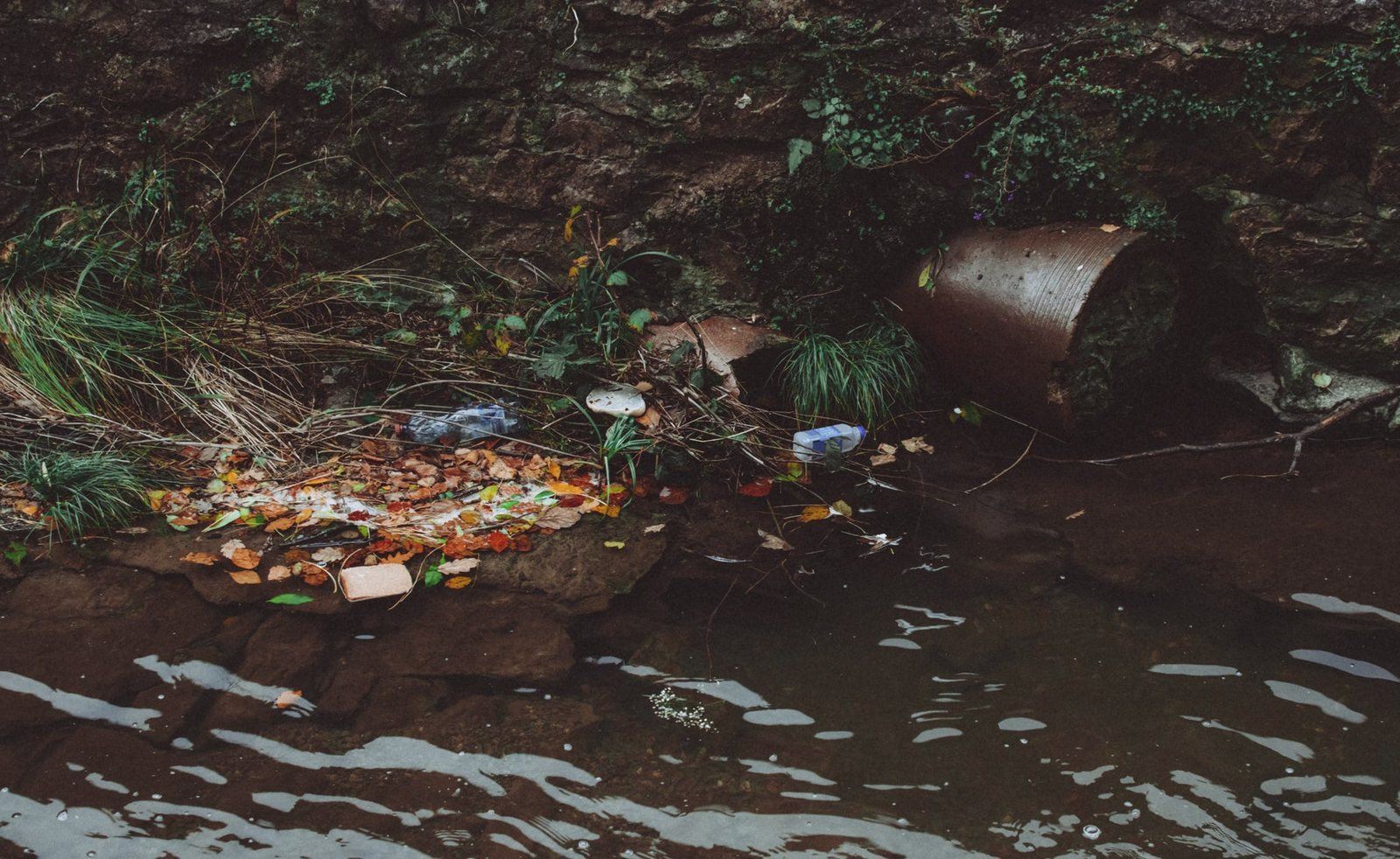
Case Study
Re-usable hydrogel removes toxic dyes from industrial wastewater
National Cheng Kung University Researchers Make Pollutant-Adsorbing Hydrogel
The new eco-friendly nanocomposite hydrogels can be reused many times to adsorb ionic pollutants from wastewater
The textile, printing and pharmaceutical industries all contribute to water pollution by releasing synthetic dyes as effluent. These dyes post serious health and environmental hazards. Now, the researchers from Taiwan, the US, and Iran have developed a novel nanocomposite hydrogel that is ecofriendly, reusable, and has the ability to adsorb high amounts of methylene blue and Congo red dye. The hydrogel could potentially be used to remediate wastewater.
Synthetic dyes are used across a wide variety of industries and constitute a serious concern when it comes to water pollution. These dyes are not only toxic, but they also persist in the environment for a long time without degradation. Most approaches to removing synthetic dyes from water are based on adsorption—a phenomenon where a chemical molecule becomes bonded to the surface of substrate called an adsorbent. Carbon-based systems are commonly adopted as adsorbents, but they are limited by the need for a safe disposal route for the used adsorbent and the inability to reuse the material. Many polymers have also been investigated as adsorbents, but they show poor water solubility and stability.
Recently, a team of researchers—including Prof. Wei-Hsin Chen of National Cheng Kung University, Taiwan—have developed a novel eco-friendly and reusable nanocomposite-based solution for removing toxic dyes from wastewater. The paper describing the study was made available online on 31 July 2021 and was published in Volume 421 of the Journal of Hazardous Materials on 5 January 2022.
“Torrefaction is a process by which biomass undergoes heat treatment in the absence of oxygen to improve its physicochemical properties. In our study, we successfully derived a waste-derived and low-cost adsorbent from the wet torrefaction of micro alga ‘Chlorella sp.,’ which can remove anionic dyes like methylene blue and Congo red from wastewater,” says Prof. Chen.
Carboxymethyl cellulose (CMC) is a well-characterized, inexpensive polymer derived from natural cellulose, an abundant polymer found in plants and microalgae such as Chlorella sp. In this study, the researchers combined CMC with another polymer—a water-loving, non-toxic and safe polymer called polyacrylic acid (PAA)—and loaded the resultant hydrogels with graphene oxide. Finally, by subjecting these hydrogels to repeated cycles of washing and freeze-drying, they converted the hydrogels into ‘aerogels,’ which are porous solid networks containing air pockets that have high adsorptive capacities.
The research team then characterized the aerogels using field emission scanning electron microscopy and laboratory techniques and found that different levels of graphene oxide created different sized pores within the aerogel. They found that the addition of graphene oxide increased the specific surface are and thermal stability of the nanocomposite hydrogels. We They also saw that the pore size of the hydrogels decreased with increasing concentrations of graphene oxide. Moreover, the aerogel developed in this study had an adsorption capacity of 138 mg/g of methylene blue after 250 min—which is among the highest methylene blue adsorption capacities reported in literature. According to Prof. Chen,“The bioadsorbent developed in this study is both easy to manufacture and low cost, indicating its high potential for application to wastewater treatment.”
Finally, the researchers saw that the new hydrogels retained about 90% of their adsorption capacity even after nine cycles of use and regeneration.
They then wanted to investigate the mechanism behind the high adsorption capacity of the hydrogels, so they performed density functional theory (DFT) simulations. The results of their simulations suggested that the methylene blue bound more strongly to graphene oxide than to CMC or PAA. They also saw that the adsorption of methylene blue to the graphene oxide in the nanocomposite took place via pi-electron bonding, hydrogen bonding and electrostatic interactions.
The nanocomposite hydrogels fabricated in this study provide an eco-friendly, stable, efficient and reusable adsorbent material to remove synthetic dyes from wastewater and provide improvements to both evironmental and human health.
References
AuthorsHadi Hosseini a, Abbas Zirakjou b, David Julian McClements c, Vahabodin Goodarzi d,* , Wei-Hsin Chen e,f,g
Removal of methylene blue from wastewater using ternary nanocomposite aerogel systems: Carboxymethyl cellulose grafted by polyacrylic acid and decorated with graphene oxide
Journal of Hazardous Materials
Affiliations
a University of Mazandaran, Iran
b University of Tehran, Iran
c University of Massachusetts, USA
d Baqiyatallah University of Medical Sciences, Iran
e National Cheng Kung University, Taiwan
f Tunghai University, Taiwan
g National Chin-Yi University of Technology, Taiwan
Toxic synthetic dyes constitute a major pollutant from the textile, paper, and pharmaceutical industry.
Image courtesy RSC, reused here under Creative Commons license.
Key academics
About Prof. Wei-Hsin ChenWei-Hsin Chen is a Distinguished Professor at the Department of Aeronautics and Astronautics at the National Cheng Kung University, Taiwan. His research interests are aerosols, bioenergy, clean energy and hydrogen energy. Prof. Chen was previously associated with Fooyin University, National Taiwan Ocean University, and the National University of Tainan. He has authored over 400 research papers in renowned journals and been cited approximately 18,000 times. He has been affiliated with the National Cheng Kung University since 2013.